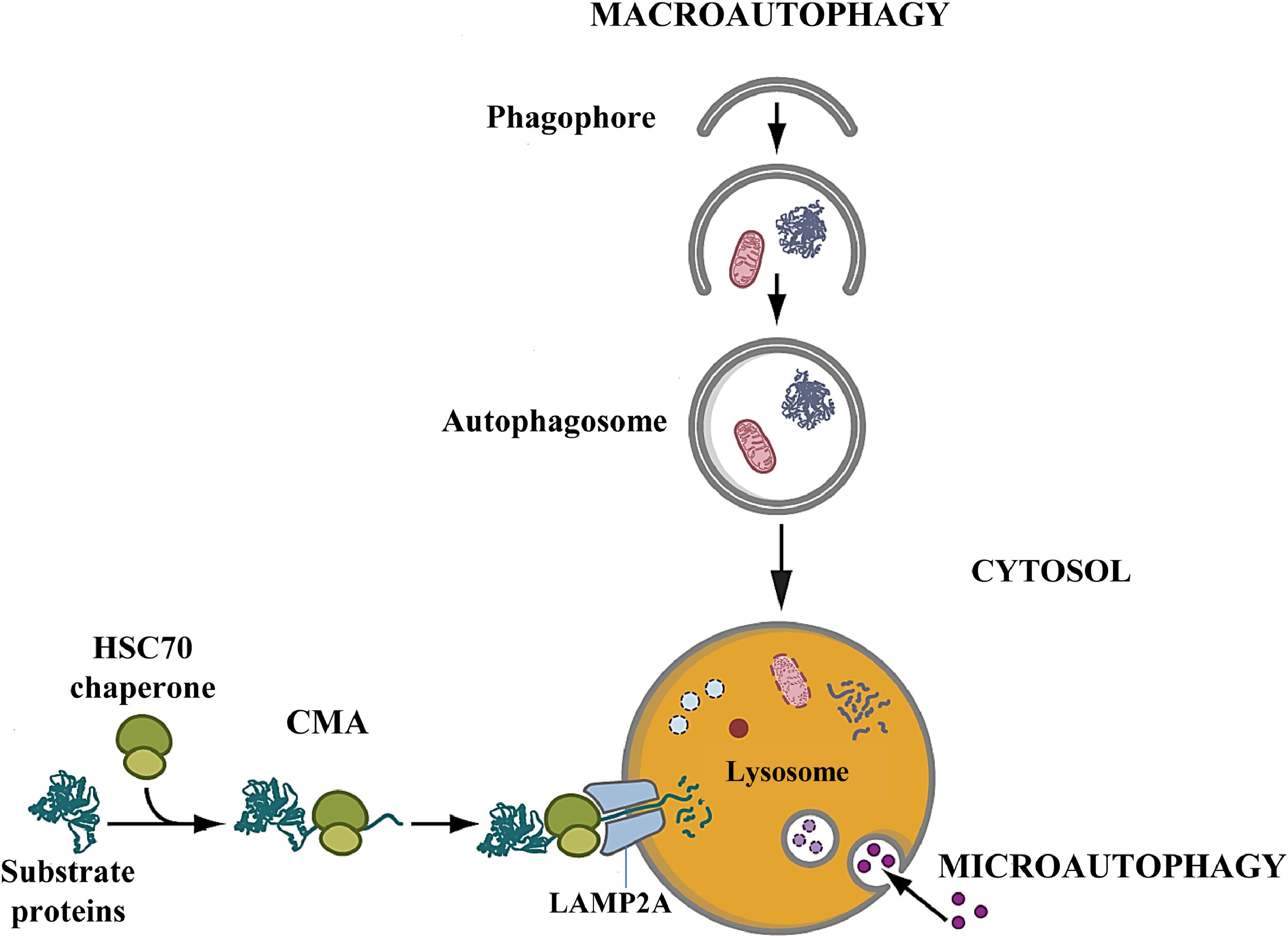
Lysosomal Glycogen Storage Disease with Normal Acid Maltase Activity is a rare genetic disorder that affects the body's ability to break down glycogen, a stored form of sugar used for energy. Unlike other glycogen storage diseases, this condition presents with normal levels of acid maltase, an enzyme crucial for glycogen breakdown. This anomaly can lead to a variety of symptoms, including muscle weakness, respiratory issues, and growth delays. Understanding this disease is essential for early diagnosis and effective management. In this article, we will explore 25 intriguing facts about this unique condition, shedding light on its causes, symptoms, and potential treatments.
Key Takeaways:
- Lysosomal Glycogen Storage Disease is a rare genetic disorder affecting glycogen storage. It causes muscle weakness, heart problems, and respiratory issues with no cure currently available.
- Treatment involves physical therapy, respiratory support, heart monitoring, dietary changes, and medications to manage symptoms and improve quality of life. Ongoing research aims to find potential treatments through gene therapy and clinical trials.
Understanding Lysosomal Glycogen Storage Disease
Lysosomal Glycogen Storage Disease with Normal Acid Maltase Activity is a rare condition. It affects how the body stores and uses glycogen. Here are some fascinating facts about this disease.
-
Rare Condition: This disease is extremely rare, with only a few documented cases worldwide.
-
Genetic Disorder: It is a genetic disorder, meaning it is inherited from parents.
-
Glycogen Storage: The disease affects glycogen storage in lysosomes, which are cell structures that break down waste.
-
Normal Acid Maltase: Unlike other glycogen storage diseases, this one has normal acid maltase activity.
-
Muscle Weakness: One of the main symptoms is muscle weakness, which can affect daily activities.
-
Heart Problems: Some patients may experience heart problems due to the buildup of glycogen in heart cells.
-
Liver Involvement: The liver can also be affected, leading to an enlarged liver or liver dysfunction.
-
Respiratory Issues: Respiratory muscles may weaken, causing breathing difficulties.
-
Diagnosis: Diagnosing this disease involves genetic testing and muscle biopsies.
-
No Cure: There is currently no cure, but treatments focus on managing symptoms.
Symptoms and Diagnosis
Understanding the symptoms and how the disease is diagnosed is crucial for managing it effectively.
-
Early Onset: Symptoms often appear in infancy or early childhood.
-
Delayed Motor Skills: Children may show delayed motor skills, such as sitting or walking.
-
Fatigue: Patients often experience chronic fatigue due to muscle weakness.
-
Muscle Biopsy: A muscle biopsy can reveal abnormal glycogen storage in cells.
-
Genetic Testing: Genetic tests can identify mutations in the genes responsible for the disease.
-
Blood Tests: Blood tests may show elevated levels of certain enzymes.
Treatment and Management
While there is no cure, various treatments can help manage the symptoms and improve quality of life.
-
Physical Therapy: Physical therapy can help maintain muscle strength and flexibility.
-
Respiratory Support: Some patients may need respiratory support, such as ventilators.
-
Heart Monitoring: Regular heart check-ups are essential to monitor for any heart-related issues.
-
Dietary Changes: A specialized diet may help manage symptoms and improve energy levels.
-
Medications: Certain medications can help manage symptoms, such as pain or muscle spasms.
Research and Future Directions
Ongoing research aims to better understand the disease and find potential treatments.
-
Gene Therapy: Researchers are exploring gene therapy as a potential treatment option.
-
Clinical Trials: Clinical trials are ongoing to test new treatments and therapies.
-
Patient Registries: Patient registries help researchers collect data and track the disease's progression.
-
Support Groups: Support groups provide a community for patients and families to share experiences and resources.
The Final Word on Lysosomal Glycogen Storage Disease
Lysosomal Glycogen Storage Disease with Normal Acid Maltase Activity, though rare, presents unique challenges. Understanding its symptoms, diagnosis, and treatment options is crucial for managing this condition. Early detection can make a significant difference in improving the quality of life for those affected. Genetic counseling and regular check-ups play a vital role in monitoring and managing the disease.
Staying informed about the latest research and advancements in treatment options can offer hope and better outcomes. Support groups and resources are available to help patients and their families navigate the complexities of this disease. By spreading awareness and knowledge, we can contribute to a better understanding and management of Lysosomal Glycogen Storage Disease, ultimately improving lives.
Frequently Asked Questions
Was this page helpful?
Our commitment to delivering trustworthy and engaging content is at the heart of what we do. Each fact on our site is contributed by real users like you, bringing a wealth of diverse insights and information. To ensure the highest standards of accuracy and reliability, our dedicated editors meticulously review each submission. This process guarantees that the facts we share are not only fascinating but also credible. Trust in our commitment to quality and authenticity as you explore and learn with us.
